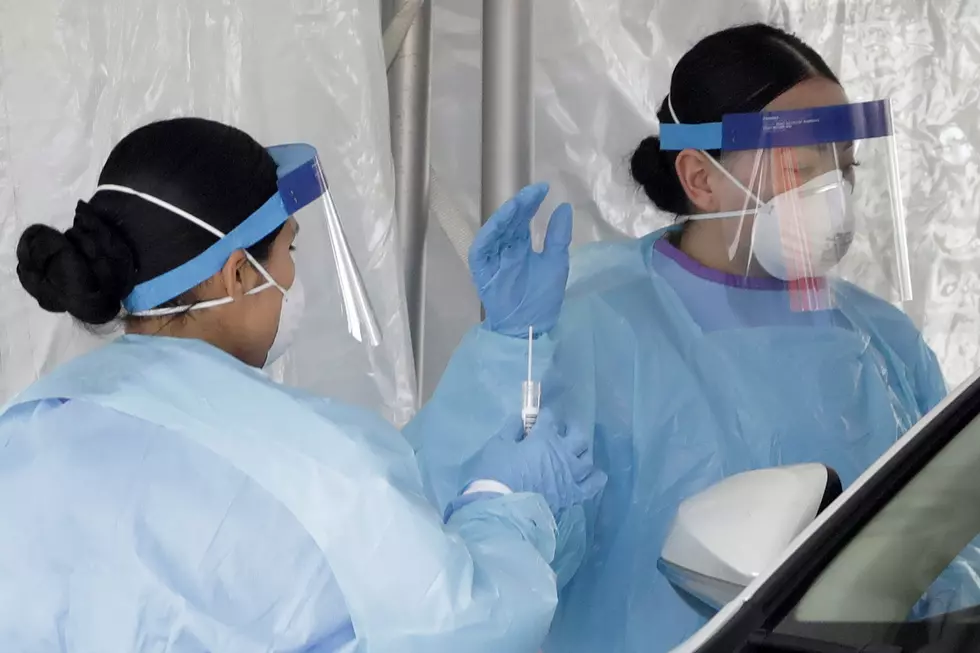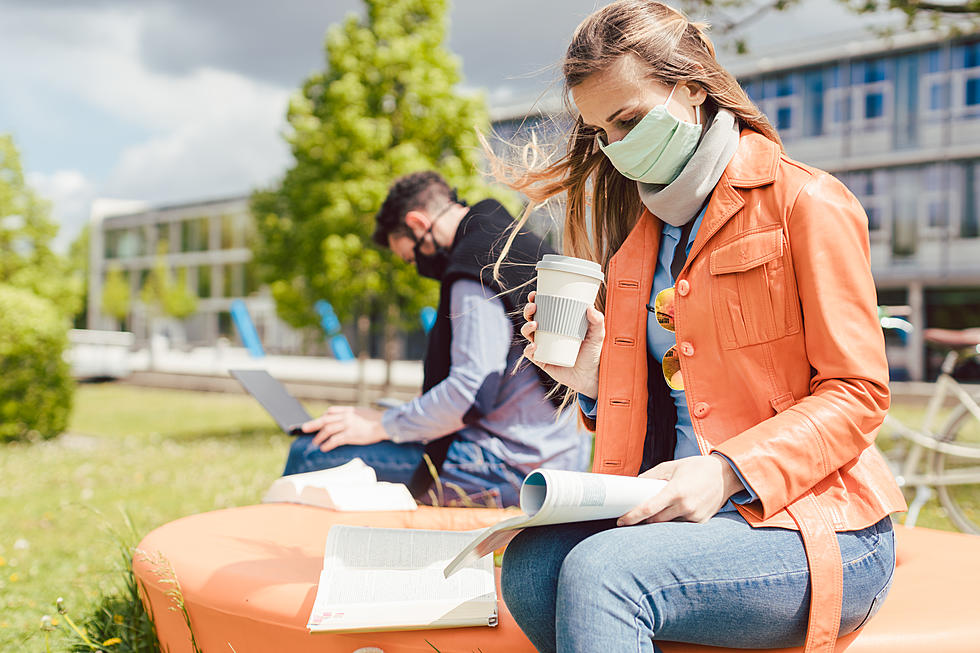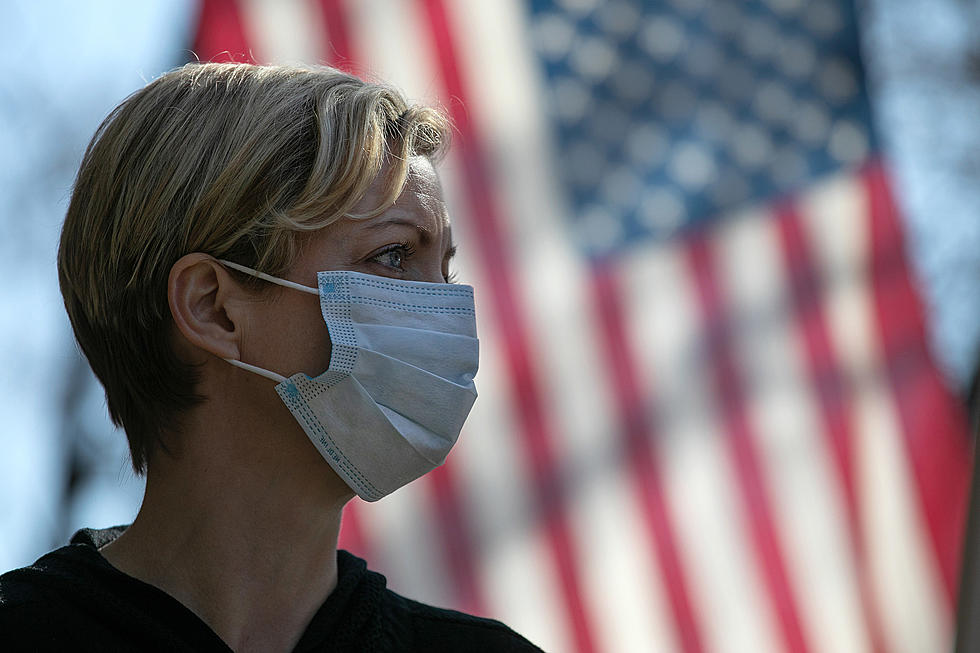
NJ says its COVID-19 transmission rate one of the lowest in U.S.
As New Jersey's recovery and reopening continue, Gov. Murphy reviews a handful of key COVID-19 indicators every day during his media briefings.
One of them is the virus rate of transmission, referred to as the RT.
State epidemiologist Dr. Tina Tan said “it’s an estimate of the number of individuals in a population that might become infected, as a result of being infected by a case of COVID.”
It other words it reflects the number of people being infected with the coronavirus from someone who has already has it virus.
A few months ago, at the height of the pandemic in New Jersey, the RT was about 5.3, meaning on average, anyone who had the virus was passing it along to more than 5 other people, state officials estimate. Those newly infected people would go on to do the same thing, and infection rates were skyrocketing in early April.
It’s been dropping ever since, and on Thursday, the Jersey RT was 0.75.
Murphy says the important thing about the RT is it shows us how the pandemic is spreading.

“Anything north of 1.0 is bad, anything south of 1.0 is good,” he said.
When it's below 1.0, he said, "you are beginning the process of driving it into the ground, because you’re infecting less than one person each time you’re in that sort of contact.”
The governor said because almost everyone is social distancing and wearing masks, New Jersey now has one of the lowest RTs in the nation.
“It tells us about the great work that millions of you have done so far to crush the curves, and that all you have been doing has been working, and that we need you to keep at it," Murphy said.
The RT can be calculated in several different ways. New Jersey comes up with its figure using an algorithm that includes the number of new positive cases being tabulated every day and the susceptible population, but Tan said “the day-to-day RT isn’t necessarily as critical as the overall trend in the RT over time.”

She added “the RT is useful in terms of just kind of adding confirmation to what we know from our routine surveillance and epidemiologic data.”
Murphy said the more data we collect, the more accurate the RT will be, so “we want all of you to get tested. Do it for you. Do it for your community. Do it for your family. Remember, common sense for the common good. It’s bigger than any of us.”
He also said the RT, along with the daily hospitalization and positivity rate, which is the percentage of daily tests that turn out to be positive (currently at 2.94%), are especially valuable COVID-10 metrics because they reflect the here and now -- as compared to the coronavirus death rate, which is seen as reflecting when people became infected, at least a few weeks ago.
You can contact reporter David Matthau at David.Matthau@townsquaremedia.com
READ MORE: Shops and outdoor dining reopen in NJ
More From Lite 96.9 WFPG










